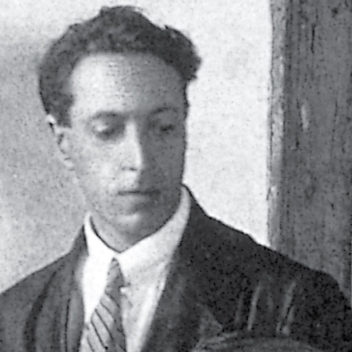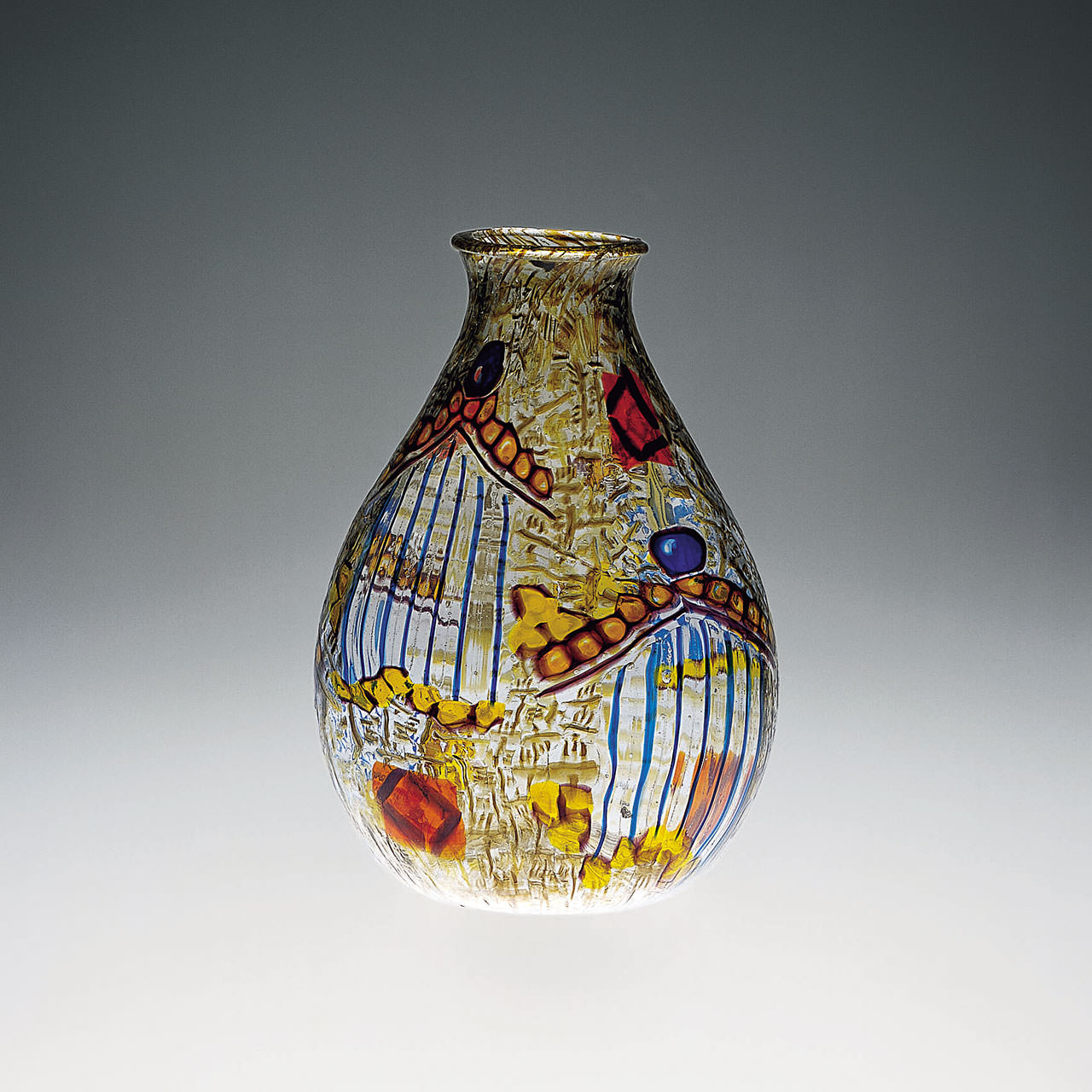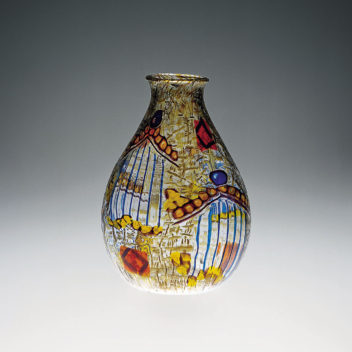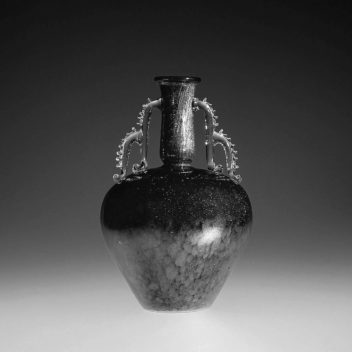
Nicolò Barovier 1895–1947
The son of Benvenuto Barovier, Nicolò Barovier was both an entrepreneur and a designer. He and his brother, Ercole Barovier, joined the Vetreria Artistica Barovier & C. in 1919 as partners and glass designers. After 1926, they both became managers of the company. His familiarity with contemporary painting led him to produce extraordinary murrine vessels, which can be recognized for their elaborate geometric patterns and their unique colors. From 1932 on, he shared ownership of Vetreria Artistica Barovier & C. with his brother Ercole. He worked actively in the glass workshop through 1936.


